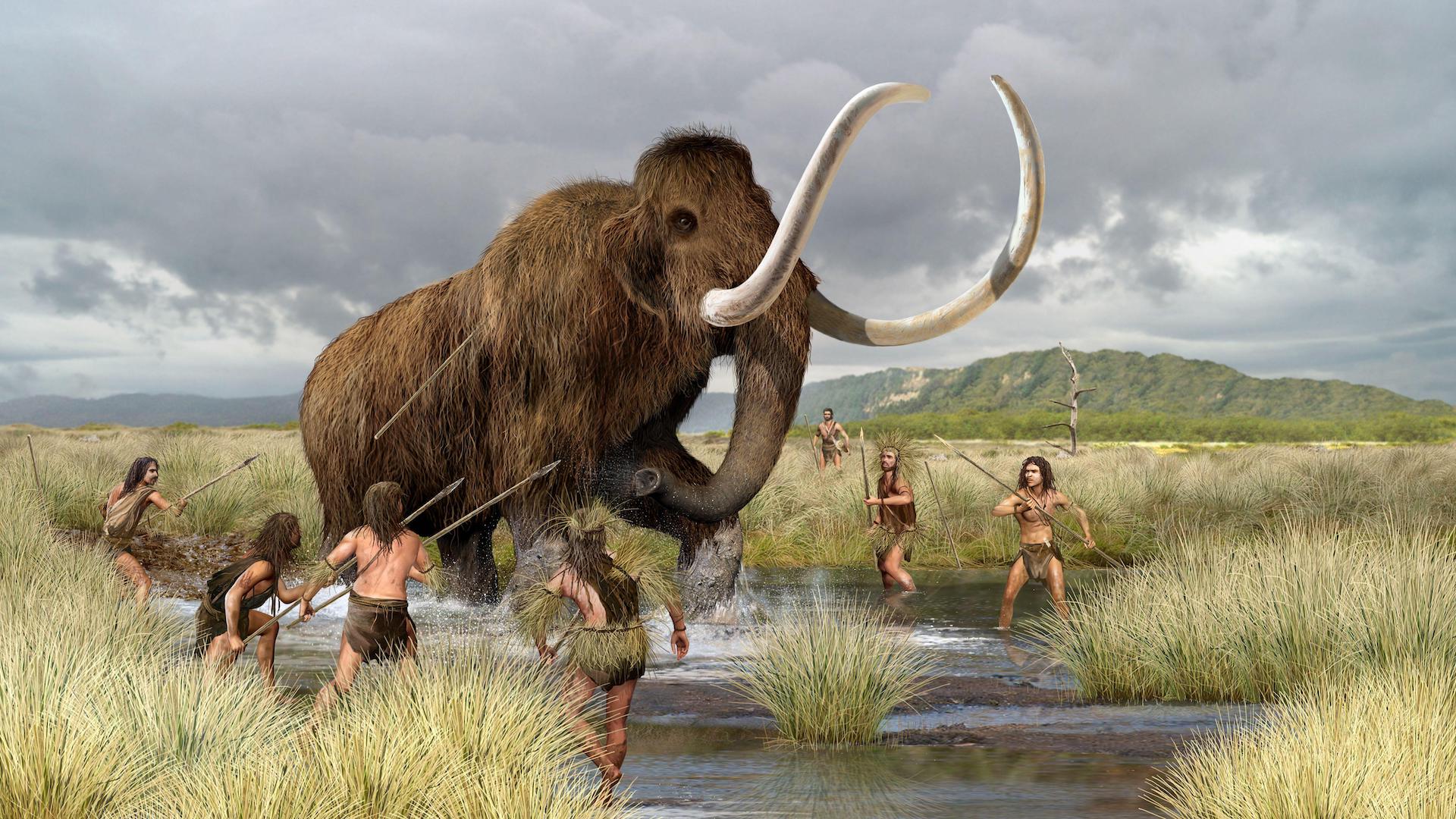
Indigenous people entered North America at least four times between 12,000 and 24,000 years ago, bringing their languages with them, a new linguistic model indicates. The model correlates with archaeological, climatological and genetic data, supporting the idea that populations in early North America were dynamic and diverse.
Nearly half of the world's language families are found in the Americas. Although many of them are now thought extinct, historical linguistics analysis can survey and compare living languages and trace them back in time to better understand the groups that first populated the continent.
In a study published March 30 in the American Journal of Biological Anthropology, Johanna Nichols, a historical linguist at the University of California Berkeley, analyzed structural features of 60 languages from across the U.S. and Canada, which revealed they come from two main language groups that entered North America in at least four distinct waves.
Related: The 1st Americans aren't who we thought they were
Nichols surveyed 16 features of these languages, including syllable structure, the gender of nouns and the way consonants are produced when speaking. The languages split into two main groups: an early one where the first-person pronoun has an "n" sound while the second-person pronoun has an "m" sound, and a later group with languages that incorporate a sentence's worth of information in just one word.
Further linguistic analysis indicated that people arrived in the Americas in four distinct waves. The first occurred around 24,000 years ago, when massive glaciers covered much of North America. Nichols found no unique language features, suggesting a diverse set of people and languages entered North America at that time. A second wave of people around 15,000 years ago brought languages with n-m pronouns, while a third wave 1,000 years later brought languages with simple consonants. A fourth wave around 12,000 years ago then brought complex consonants.
Until relatively recently, researchers assumed that Indigenous people first arrived in the Americas via a land bridge from Siberia around 13,000 years ago. But Nichols' previous study of the linguistic data convinced her that this was not enough time for the nearly 200 Indigenous American languages to develop: Instead, she proposed people first arrived closer to 35,000 years ago.
A growing body of archaeological, geological and climatological and genetic research has since pushed back the dates of the earliest American arrivals, with a new consensus that, sometime between 30,000 and 25,000 years ago, several waves of people made their way into the Americas.
Adding linguistic studies to this work means that "the four fields confirm each other," Nichols said. "Now I think the interpretation is very solid."
Andrew Cowell, a linguistic anthropologist at the University of Colorado Boulder who was not involved in the study, told Live Science in an email that Nichols' study is interesting because "the language data reinforces growing recognition in other fields that North America was populated much earlier than was assumed for many decades."
Cowell noted, however, that the study's statistical analysis shows that two languages, "Yurok and Arapaho are classed quite differently, yet the two languages are known to be genetically related as part of the Algic language super-family." (Yurok was spoken in far-Northern California, while Arapaho is spoken in Wyoming and Oklahoma.)
Additionally, languages can be heavily influenced by their neighbors, which can blur how they were originally related, Cowell said.
While this new study presents a model for how languages entered and evolved within North America, it does not speak to their origins, which are still unknown.
"It's likely that the people who moved into North America left relatives in Asia," Nichols said, "and possible that some of those languages survive and have remained in Siberia."
But the limits of the linguistic comparative method mean that we may never know for sure, Nichols said.







